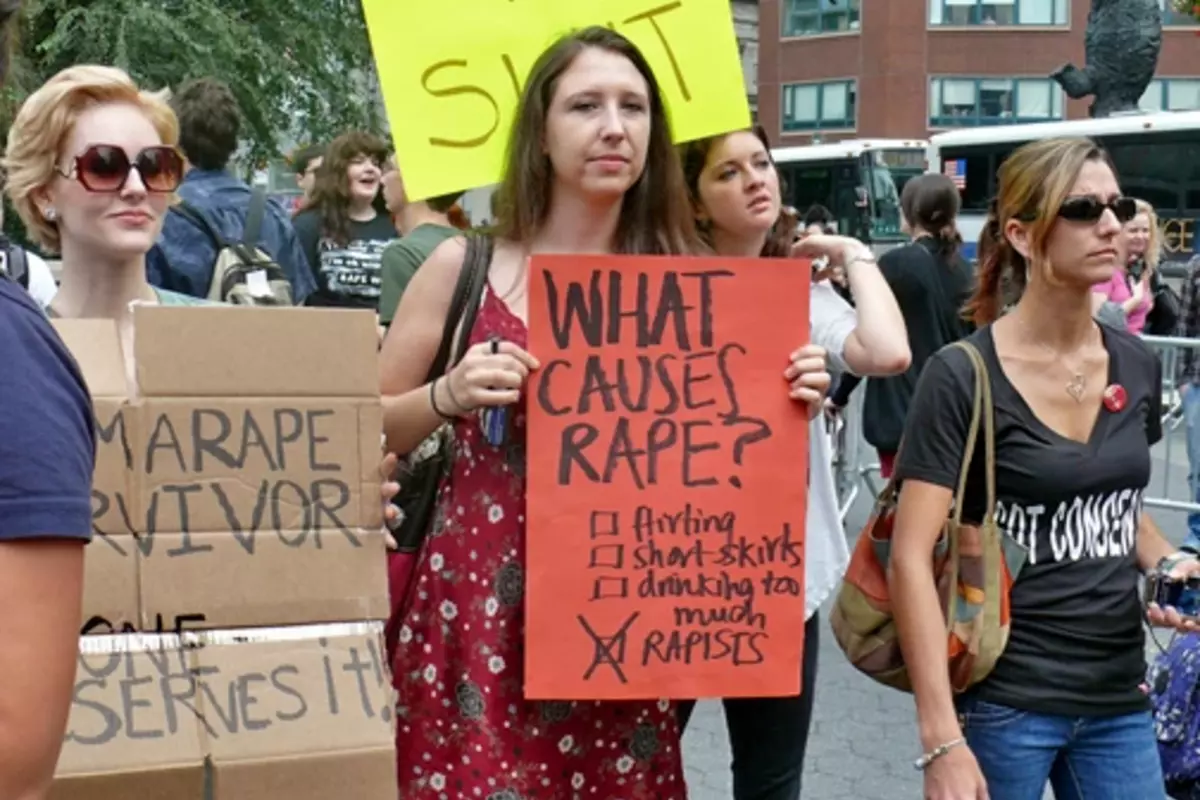
A seemingly unimportant “mental health education” session in a middle school in southern China has sparked a raging online debate about victim-blaming and the ineffective response from authorities. The incident happened at a school in Zhaoqing, a city in the province of Guangdong. Although the session was held last year, it wasn’t until lately that images of the instructional materials started appearing online, igniting a firestorm of criticism and exposing long-standing gender inequities.
Sexual harassment due to choice of clothes
The papers provided in class, which implied that victims of sexual harassment suffered as a result of their choice of clothing and behavior, form the basis of the debate. In particular, the documents stated that victims frequently go through such situations because they “dress flamboyantly and behave flirtatiously.” According to reports, they also urged females to refrain from engaging in frivolous activities and discouraged them from wearing transparent or revealing clothing.
Feminists aren’t pleased
The social media retaliation that followed was immediate and ferocious. Critics bemoaned the victim-blaming narrative that arose and denounced the conservative mindset fostered by the instructional materials. Many people argued that these ideas just serve to reinforce gender inequality and ignore the fundamental problem of harassment.
Also read: Poland Detains 2 Russians “Distributing Propaganda Materials” Of Wagner Group
Online forums were used to discuss topics ranging from indignation to calls for reform, with the Chinese social media juggernaut Weibo serving as a particular focal point. One comment, in particular, attracted a lot of attention since it claimed that the teacher in charge of the class was mostly to blame for the problematic material.
Local educational authorities acknowledged this week that the contentious lecture had taken place in April of the previous year in response to the public outcry. But according to the statement, some of the terms had been “inappropriate” and had caused “misunderstanding” among internet users.
Actions demanded
Also read: Miraculous Save! 13-Year-Old US Boy Survives 100 Feet Fall In Grand Canyon
This official reaction did little to appease critics who felt that it minimized the seriousness of the situation. Many claimed that the word choice, notably “misunderstanding,” did not get to the root of the issue. They argued that the materials instead showed persistent cultural ideas and called for a more serious reaction.
This incident has once again highlighted the continuous fight to eliminate negative preconceptions and advance a climate of equality and respect in the educational setting. Many people are left wondering whether this scandal will be the starting point for significant change or merely another chapter in the ongoing fight for gender justice as the arguments about it play out online and elsewhere.
To read more such news, download Bharat Express news apps





















